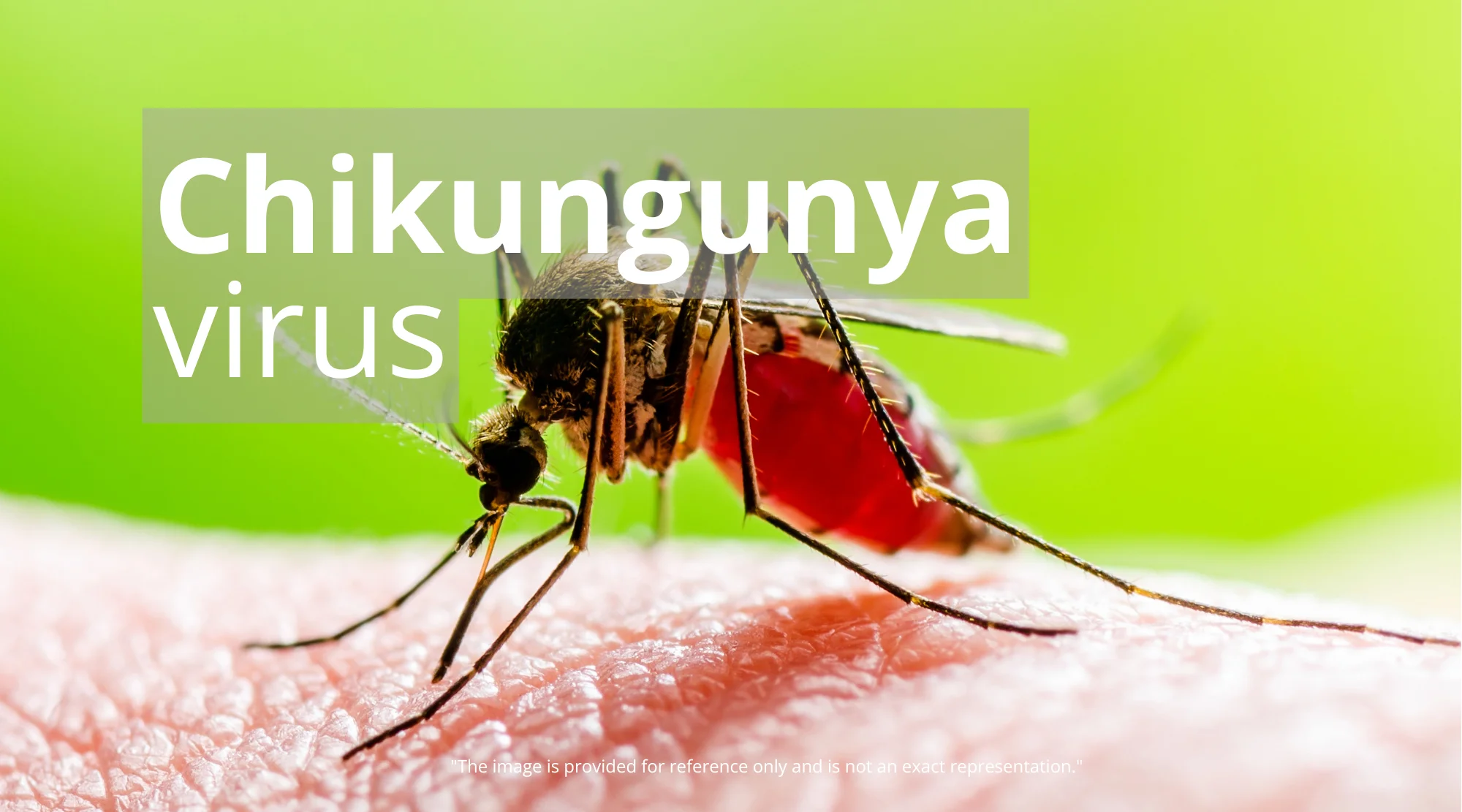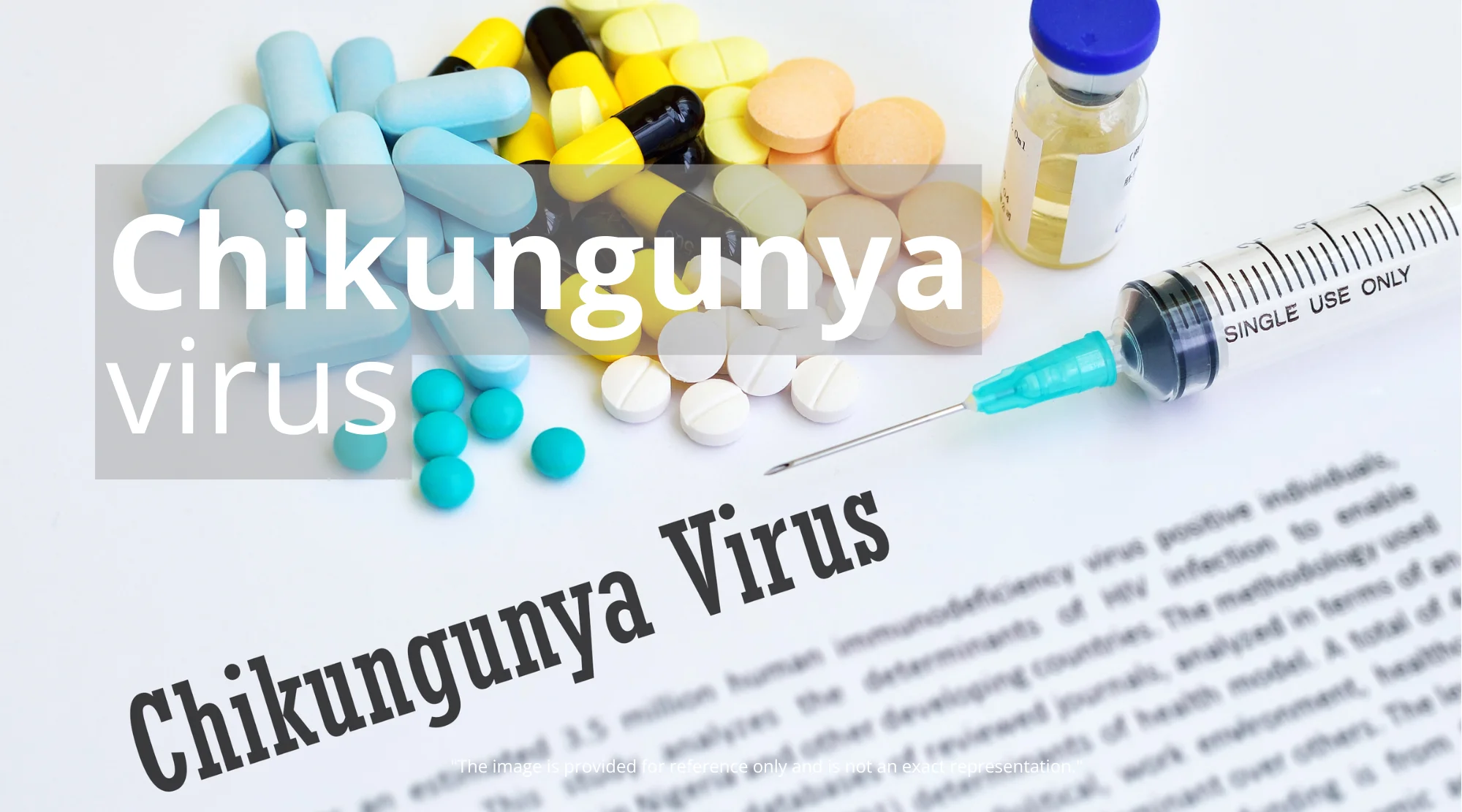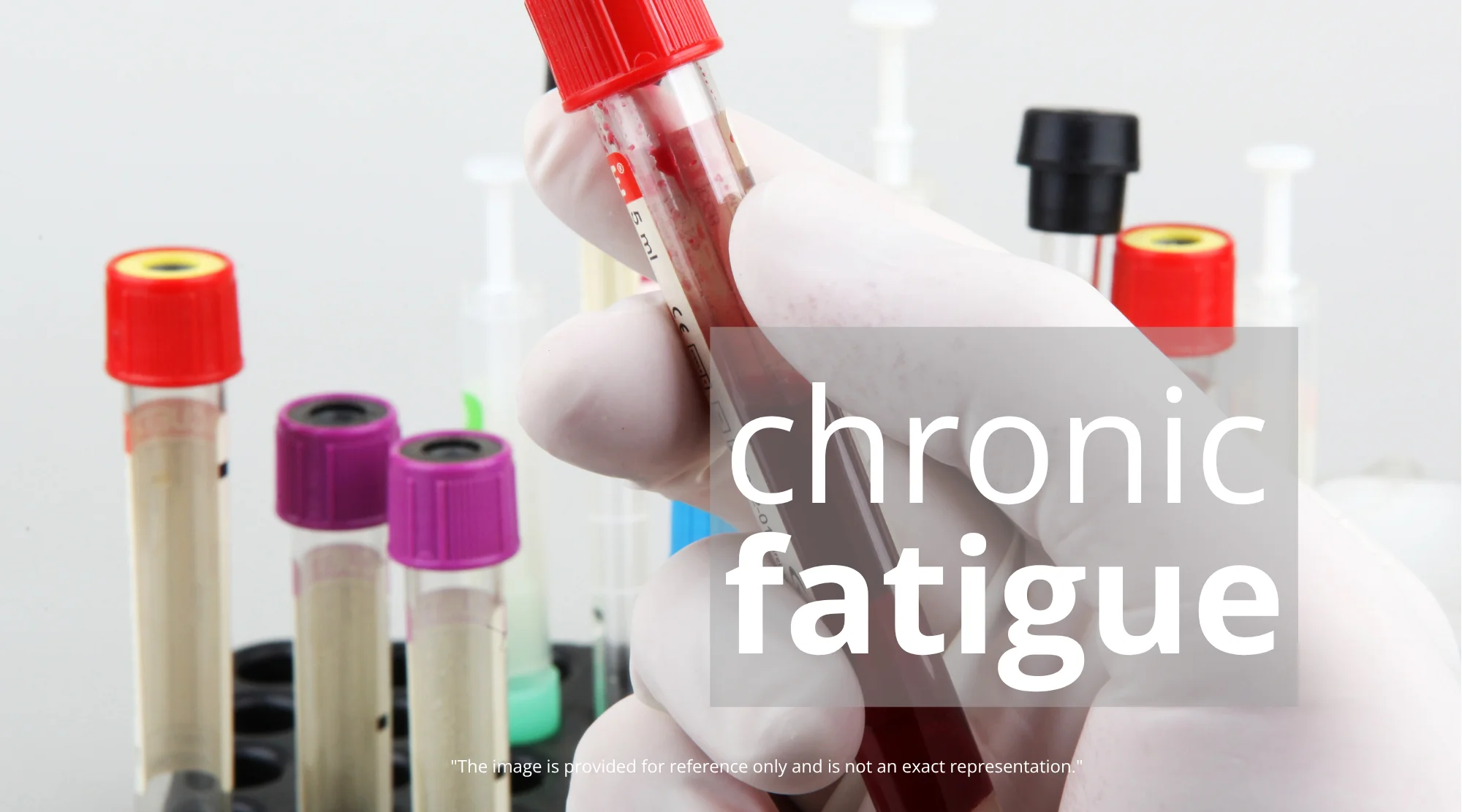Navigating Chikungunya Virus in the US: Prevention, Symptoms, and Treatment
Chikungunya virus, transmitted through mosquito bites, is making headlines in the United States. Understanding the risks, symptoms, and preventative measures is crucial for safeguarding your health. This article provides a comprehensive overview of the virus, its potential impact, and how to stay protected. Stay informed and take proactive steps to minimize your risk.
What is Chikungunya Virus?
Chikungunya is a viral disease transmitted to humans through the bites of infected mosquitoes, primarily Aedes aegypti and Aedes albopictus. These are the same mosquitoes that transmit dengue fever and Zika virus, making co-infection possible. The name “chikungunya” is derived from a Kimakonde word, meaning “to walk bent over,” referring to the stooped posture often adopted by individuals experiencing joint pain.
The virus itself is an RNA virus belonging to the alphavirus genus of the Togaviridae family. It was first identified during an outbreak in Tanzania in 1952. Since then, outbreaks have been reported in Africa, Asia, Europe, and the Americas. The global spread of chikungunya is largely attributed to increased international travel and trade, as well as the expanding geographic range of the mosquito vectors.

How Does Chikungunya Spread?
The primary mode of transmission is through the bite of an infected mosquito. The mosquito becomes infected when it feeds on a person who has the chikungunya virus in their blood. Once infected, the mosquito can transmit the virus to other people through subsequent bites.
It’s important to note that chikungunya cannot spread directly from person to person, such as through coughing or sneezing. However, in rare cases, it can be transmitted from a mother to her newborn baby during childbirth. There have also been very rare instances of transmission through blood transfusions.
Understanding the transmission cycle is crucial for implementing effective prevention strategies, which primarily focus on controlling mosquito populations and preventing mosquito bites. Public health initiatives often target mosquito breeding sites and promote the use of insect repellent, protective clothing, and mosquito nets.
Symptoms of Chikungunya
Symptoms typically appear 3-7 days after being bitten by an infected mosquito. The most common symptoms include:
Fever: Usually high, often accompanied by chills.
Joint Pain: Often severe and debilitating, affecting multiple joints simultaneously. This is the hallmark symptom of chikungunya.
Headache: Can range from mild to intense.
Muscle Pain: General aches and pains throughout the body.
Rash: Typically appears a few days after the onset of fever and joint pain.
Other less common symptoms include fatigue, nausea, vomiting, and swollen joints. The severity and duration of symptoms can vary from person to person. While most people recover within a week, the joint pain can sometimes persist for months or even years. It is important to note the similarities to other mosquito-borne illnesses and even Inflammaging: The Silent Inflammatory Process Aging You, so it is important to seek proper medical advice.
Diagnosis and Treatment
Diagnosing chikungunya typically involves a blood test to detect the presence of the virus or antibodies against the virus. These tests are most accurate when performed within the first week of illness. It is important to consult a healthcare provider for proper diagnosis.
There is no specific antiviral treatment for chikungunya. Treatment focuses on relieving symptoms. Recommended measures include:
Rest: Getting plenty of rest is crucial for allowing the body to recover.
Hydration: Drink plenty of fluids to prevent dehydration.
Pain Relievers: Over-the-counter pain relievers like acetaminophen or ibuprofen can help reduce fever and pain. Always follow the recommended dosage.
Avoid Aspirin: Aspirin should be avoided, especially in children, due to the risk of Reye’s syndrome.
In some cases, physical therapy may be recommended to help manage persistent joint pain. There is currently no vaccine available for chikungunya, although research is ongoing.
Prevention Strategies
Preventing chikungunya involves avoiding mosquito bites and controlling mosquito populations. Here are some effective strategies:
Use Insect Repellent: Apply insect repellent containing DEET, picaridin, IR3535, oil of lemon eucalyptus (OLE), para-menthane-diol (PMD), or 2-undecanone. Always follow the instructions on the product label.
Wear Protective Clothing: When possible, wear long-sleeved shirts and long pants to minimize exposed skin.
Mosquito Nets: Use mosquito nets, especially when sleeping in areas with high mosquito activity.
Control Mosquito Breeding Sites: Eliminate standing water around your home, such as in flower pots, tires, and gutters. Regularly empty and clean bird baths and pet water bowls.
Stay Indoors During Peak Mosquito Hours: Mosquitoes are most active during dawn and dusk. Try to limit outdoor activities during these times.
Understanding Local Transmission
Locally acquired cases of chikungunya mean that individuals have contracted the virus within a specific geographic area, rather than through travel to an area with known outbreaks. This indicates that the mosquito vectors capable of transmitting the virus are present and actively circulating the virus within the local population.
When local transmission is confirmed, public health officials typically implement enhanced surveillance and control measures. This may include increased mosquito spraying, community education campaigns, and enhanced monitoring of reported cases.
The confirmation of locally acquired cases highlights the importance of personal protective measures, such as using insect repellent and eliminating mosquito breeding sites. It also underscores the need for ongoing vigilance and collaboration between public health agencies, healthcare providers, and the general public to prevent further spread of the virus.

The Impact of Climate Change
Climate change is playing a significant role in the spread of mosquito-borne diseases like chikungunya. Rising temperatures and changing rainfall patterns are creating more favorable conditions for mosquito breeding and survival, allowing them to expand their geographic range and increase their populations. External Link to the CDC explaining the impact of climate change on vector-borne diseases: Centers for Disease Control and Prevention.
Warmer temperatures can also shorten the incubation period of the virus within the mosquito, increasing the likelihood of transmission to humans. Additionally, extreme weather events, such as floods and droughts, can create new mosquito breeding sites and disrupt existing control efforts.
Addressing climate change is therefore an important component of long-term prevention strategies for chikungunya and other mosquito-borne diseases. Mitigation efforts to reduce greenhouse gas emissions and adaptation measures to prepare for the impacts of climate change are both essential.
Chikungunya vs. Dengue vs. Zika
Chikungunya, dengue, and Zika are all mosquito-borne viral diseases that share similar symptoms, making it challenging to differentiate between them based on clinical presentation alone. All three diseases can cause fever, headache, muscle pain, and rash. However, there are some distinguishing features.
Chikungunya: Characterized by severe joint pain, which can be debilitating and persist for months or even years.
Dengue: Often associated with high fever, severe headache behind the eyes, and bone pain. In severe cases, dengue can lead to bleeding and shock.
Zika: Typically causes milder symptoms, including fever, rash, joint pain, and conjunctivitis (red eyes). However, Zika virus infection during pregnancy can cause serious birth defects, including microcephaly.
Because of the overlapping symptoms, laboratory testing is essential for accurate diagnosis. Healthcare providers should consider the possibility of co-infection, especially in areas where all three viruses are circulating. For information on maintaining optimal health, see our articles on High-Protein, High-Fiber Snacks: Your Guide to Sustained Energy & Health or #1 Healthiest Breakfast Doctors Recommend: Fuel Your Day Right!.
Current Research and Future Directions
Research on chikungunya is ongoing, with a focus on developing vaccines, antiviral treatments, and improved diagnostic tools. Several vaccine candidates are currently in clinical trials, and early results are promising. Scientists are also working to better understand the long-term effects of chikungunya infection, including the mechanisms underlying persistent joint pain.
Another area of research is the development of more effective mosquito control strategies. This includes exploring new insecticides, biological control methods, and innovative approaches to reducing mosquito populations.
The ultimate goal is to develop comprehensive strategies for preventing and controlling chikungunya, reducing the burden of disease and protecting public health. For more information on ongoing research and prevention efforts, please see External Link to the WHO website: World Health Organization.
Conclusion: Staying Vigilant and Informed
The confirmation of locally acquired cases of chikungunya serves as a reminder of the ongoing threat posed by mosquito-borne diseases. By understanding the risks, symptoms, and prevention strategies, individuals can take proactive steps to protect themselves and their families.
Staying informed about the latest developments and recommendations from public health authorities is crucial. By working together, we can reduce the spread of chikungunya and other mosquito-borne diseases, safeguarding the health and well-being of our communities. Remember to always consult with your healthcare provider for personalized advice and treatment.














Post Comment